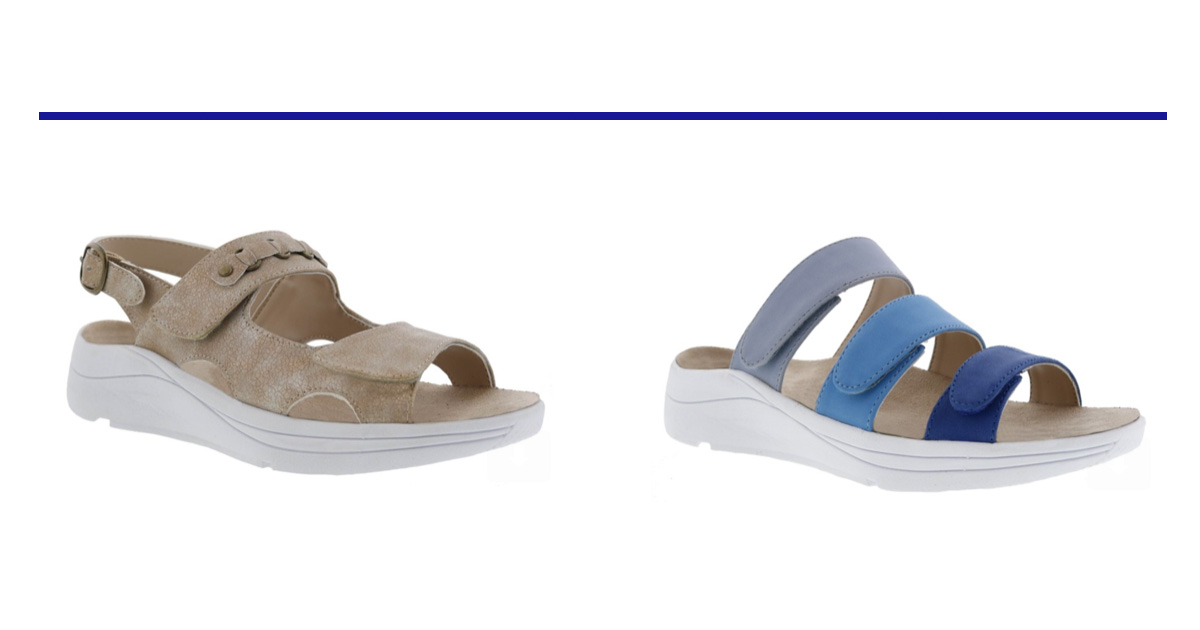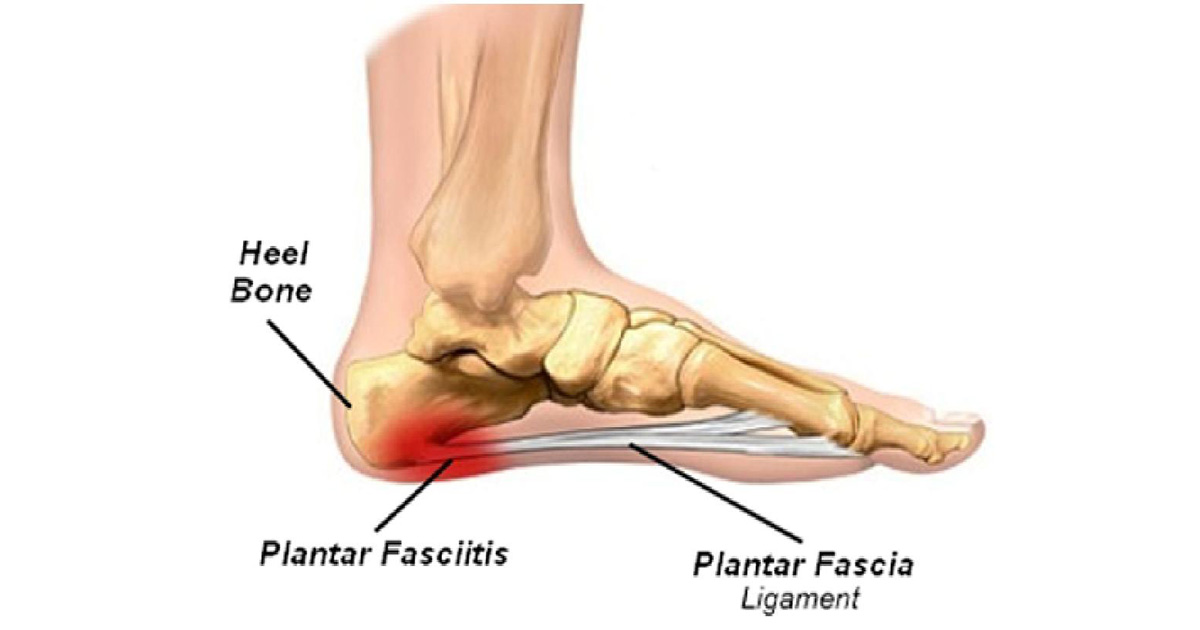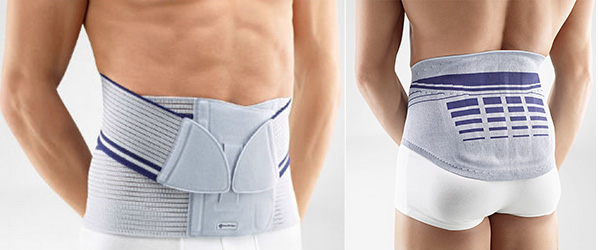September is Arthritis Awareness Month. Here are some key points about arthritis that I am sure you have heard at one time or another but this disease needs public attention. Arthritis can impair a person’s ability to perform “everyday” tasks. Physical activity has a positive effect on arthritis and can improve pain, function and mental health. Factors in the development of arthritis include injury, abnormal metabolism, genetic makeup, infections and immune system dysfunction. Treatment for arthritis aims to control pain, minimize joint damage and improve or maintain a quality of life.
There are many types of arthritis and one of the most common is osteoarthritis. I believe education and solutions to delay future damage and keep active is extremely important. Osteoarthritis is a progressive disease that tends to get worse over time. Because of this, early treatment for OA is incredibly important to take control of your disease, delay future damage and keep your joints healthy. Look at your non-surgical options, and make your own decision. As part of the Medicine in Motion team, there is a non-referral Knee Clinic day offered every month. Patients can make an appointment directly with a Sports Medicine physician who specializes in joint injuries and diseases. Soles in Motion offers a no risk 30 day trial on our Osteoarthritis Unloader Knee Braces. By unloading the affected compartment of the knee, the unloader brace offers people with knee OA a safe, proven, low-risk treatment that will reduce your pain and improve your mobility. I have seen the results and am confident you will be able to maintain or return to an active and healthy lifestyle as a result. As part of our Centre of Excellence, we also provide physio, massage and a specialized exercise/rehab clinic dedicated to working with clients with injury and disease.
Soles in Motion focuses on providing you with the best solution to improve your lifestyle, mobility and activity level no matter what your ability. Come in a talk to us, we would love to help you!
Submitted by Jen Estabrooks, Co-owner, Soles in Motion, 133 Baker Drive, Dartmouth

Osteoarthritis is a degenerative joint disease of the entire joint involving the cartilage, joint lining and ligaments and underlying bone. The breakdown of these tissues eventually leads to pain and joint stiffness.
The joints most commonly affected by osteoarthritis are the joints that get heavy use, such as hips and knees, hands, the spine and also often the base of the thumb and the big toe joint.
Nearly 1 in 2 people develop symptomatic knee osteoarthritis by the age of 85, and 1 in 4 people develop hip arthritis in their lifetime.4 Knee osteoarthritis is one of the five leading causes of disability among non-institutionalized adults. Weight loss of 11 pounds can halve a woman’s risk of developing knee osteoarthritis.
Taking part in moderate physical activity 3 times or more per week can reduce the risk of arthritis-related disability by 47% in older adults with knee osteoarthritis.
Between 1979 and 1988, osteoarthritis was responsible for an average 0.2 to 0.3 deaths per 100,000 people. This figure has increased over the years, with OA accounting go around 6% of all arthritis-related deaths in 2003, working out to around 500 deaths per year.
These calculations are likely to be underestimated as they do not include deaths related to things such as gastrointestinal bleeding caused by medications used to treat OA.
For more information on osteoarthritis, see our article: What is osteoarthritis? What causes osteoarthritis?








